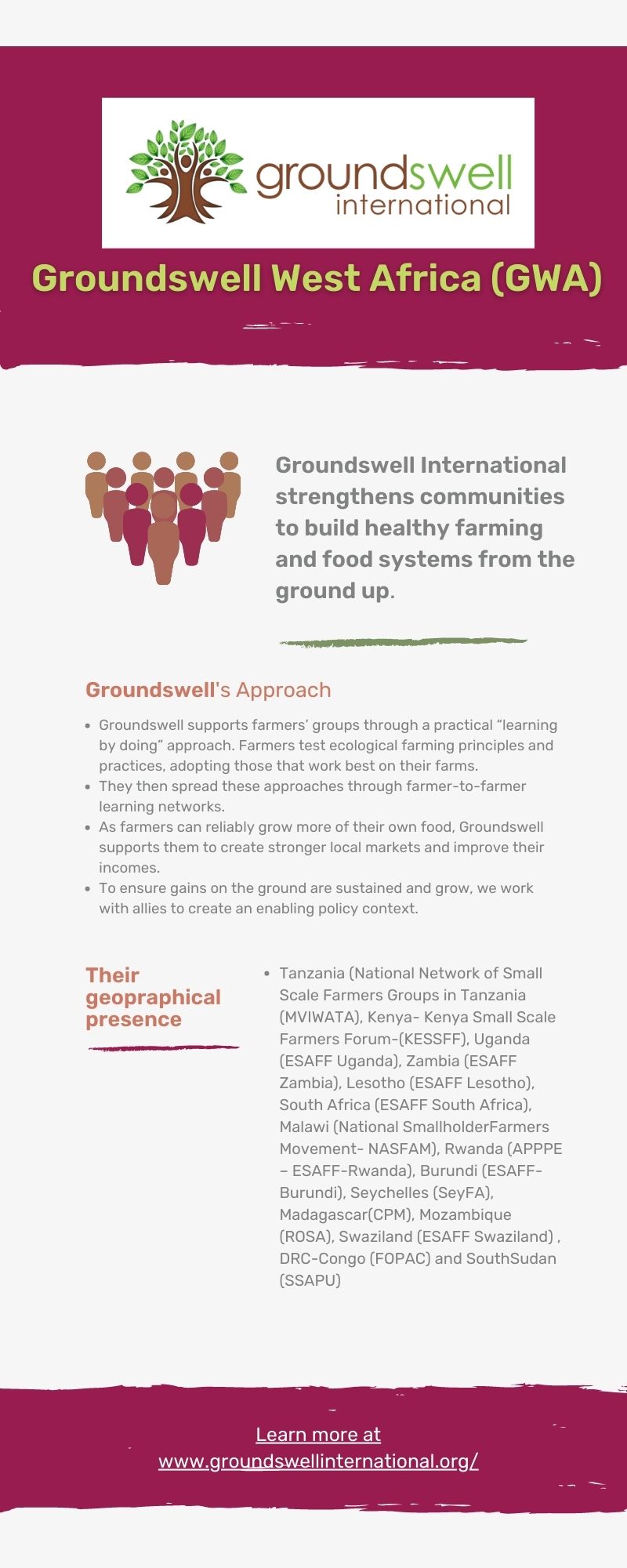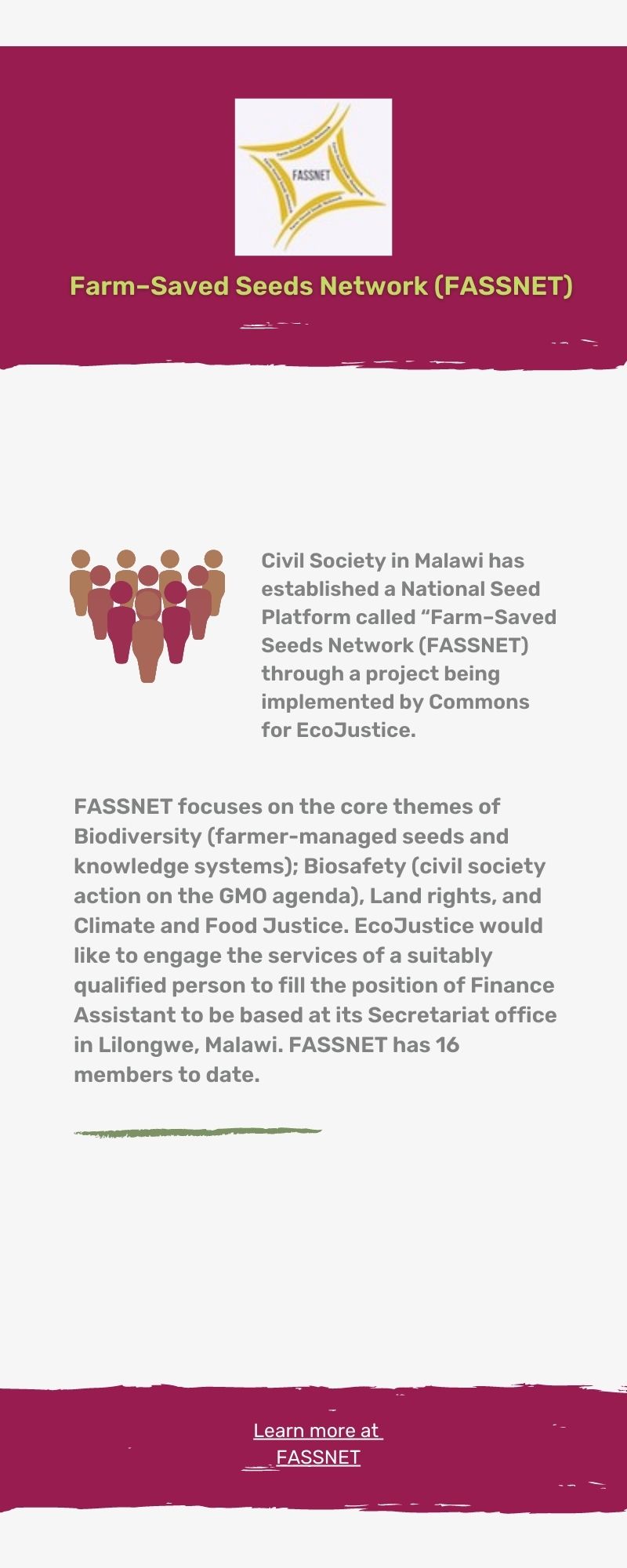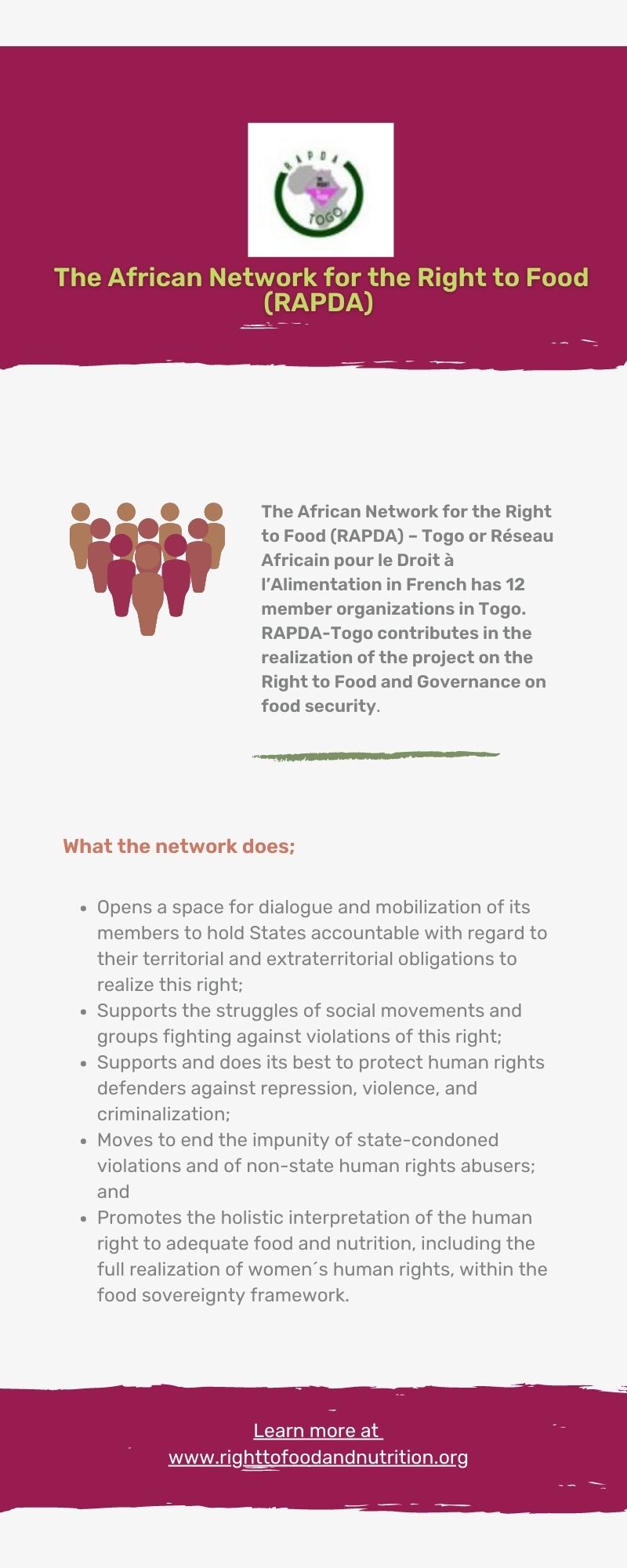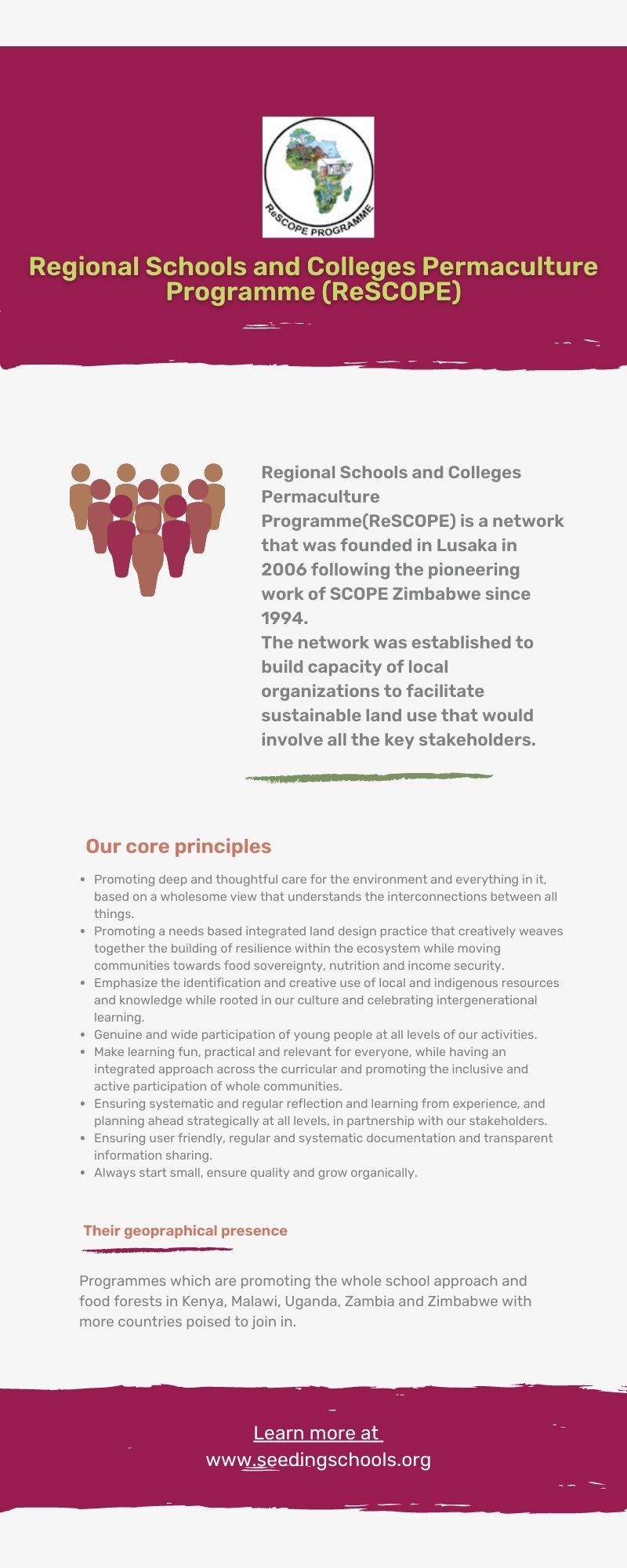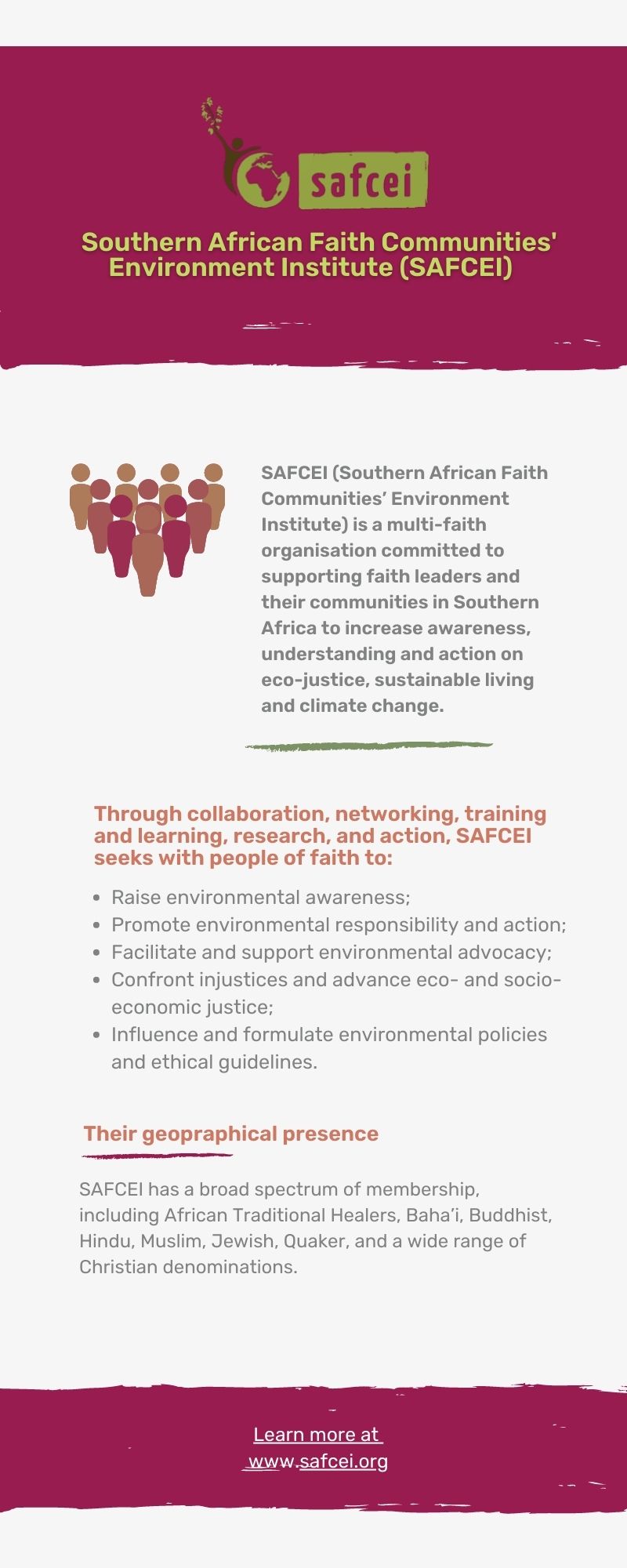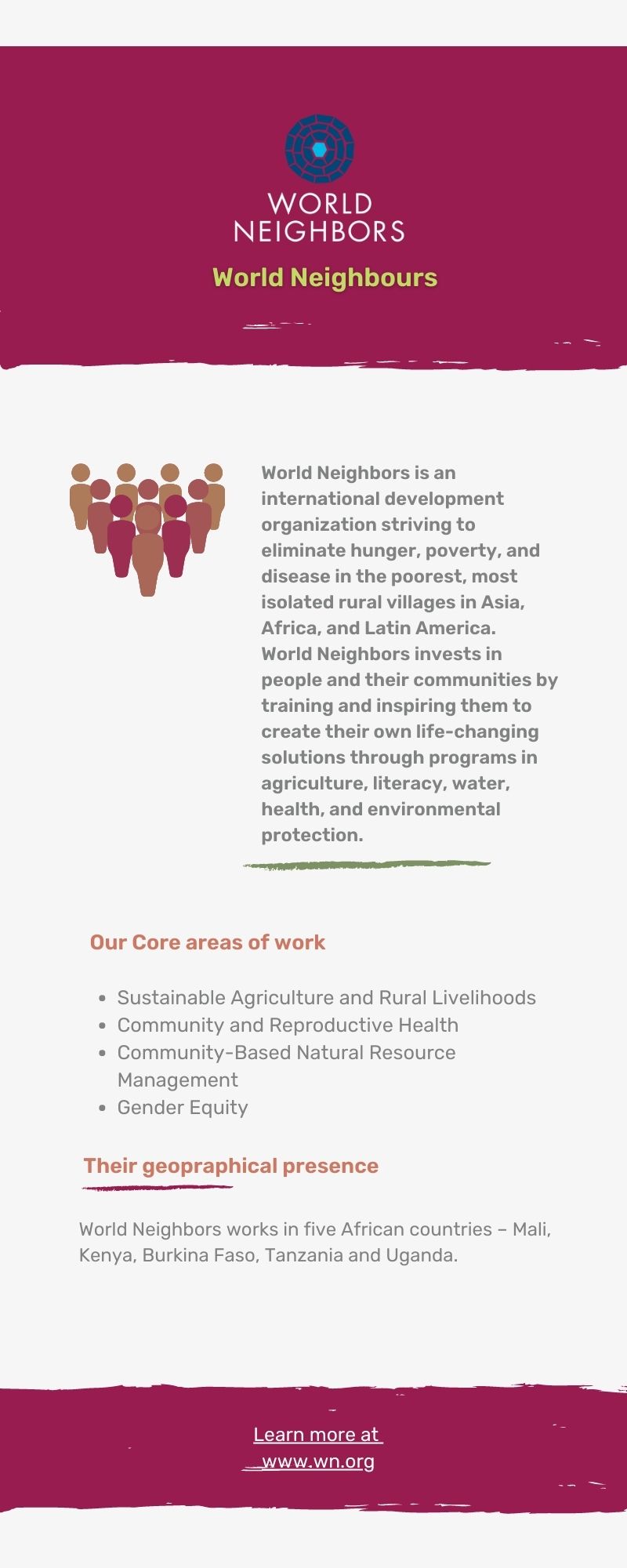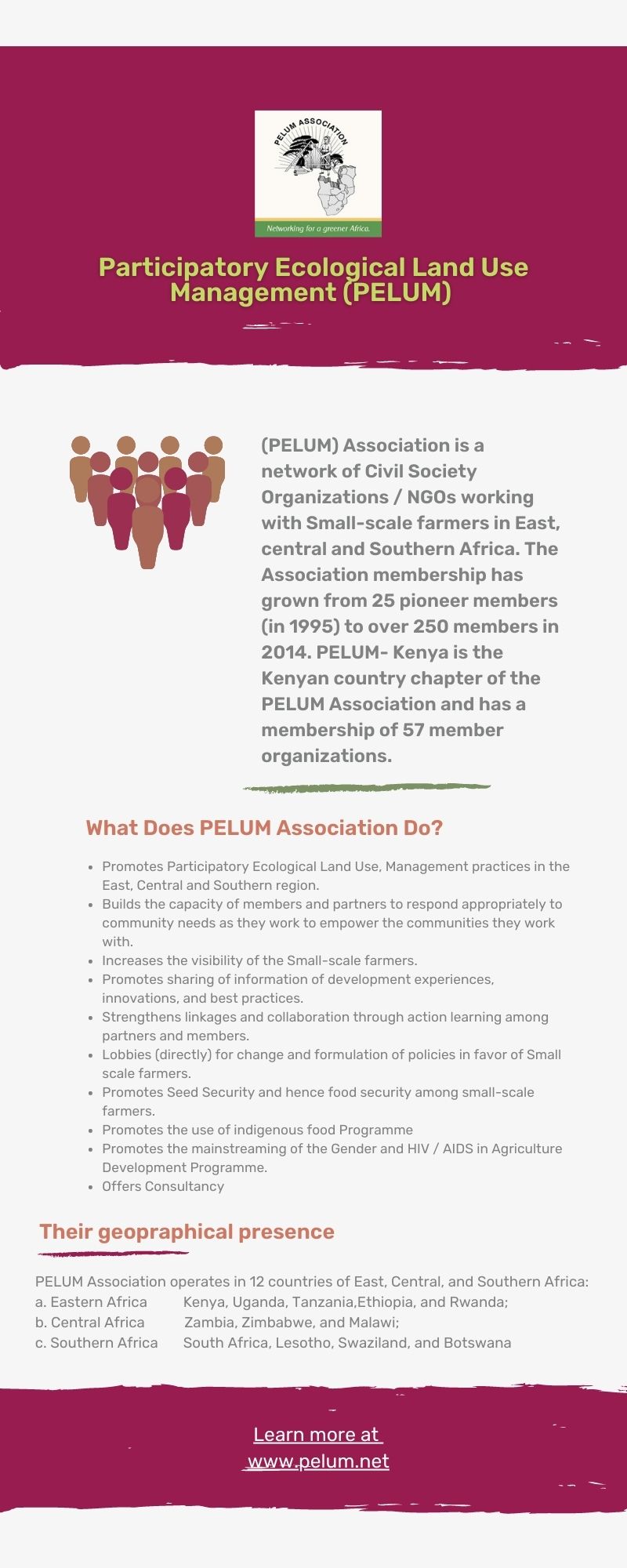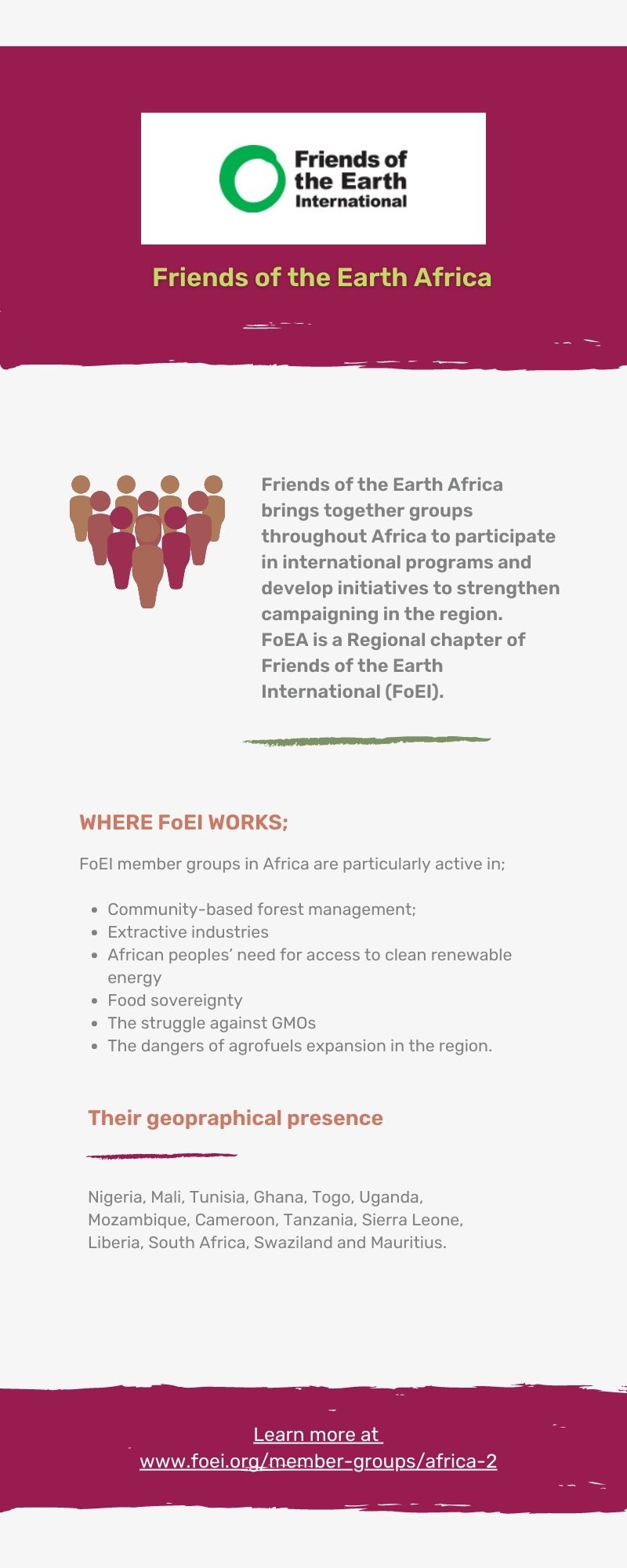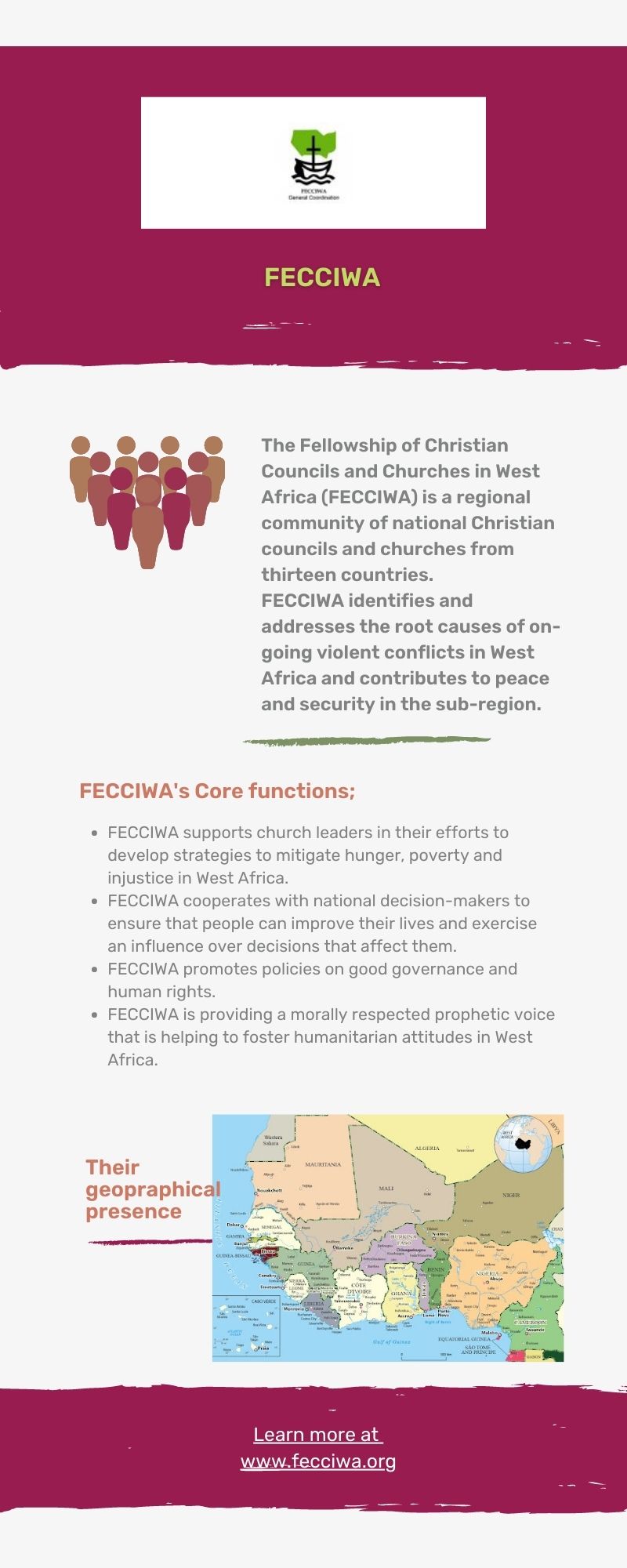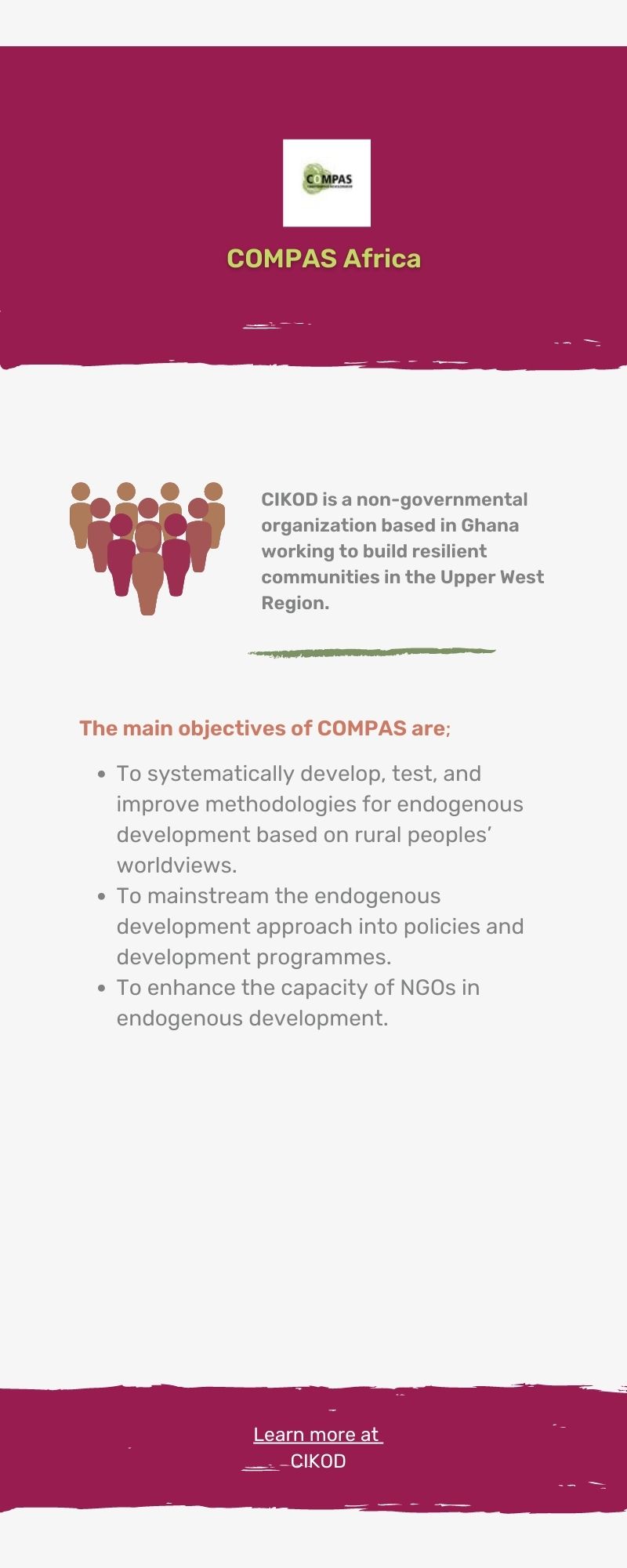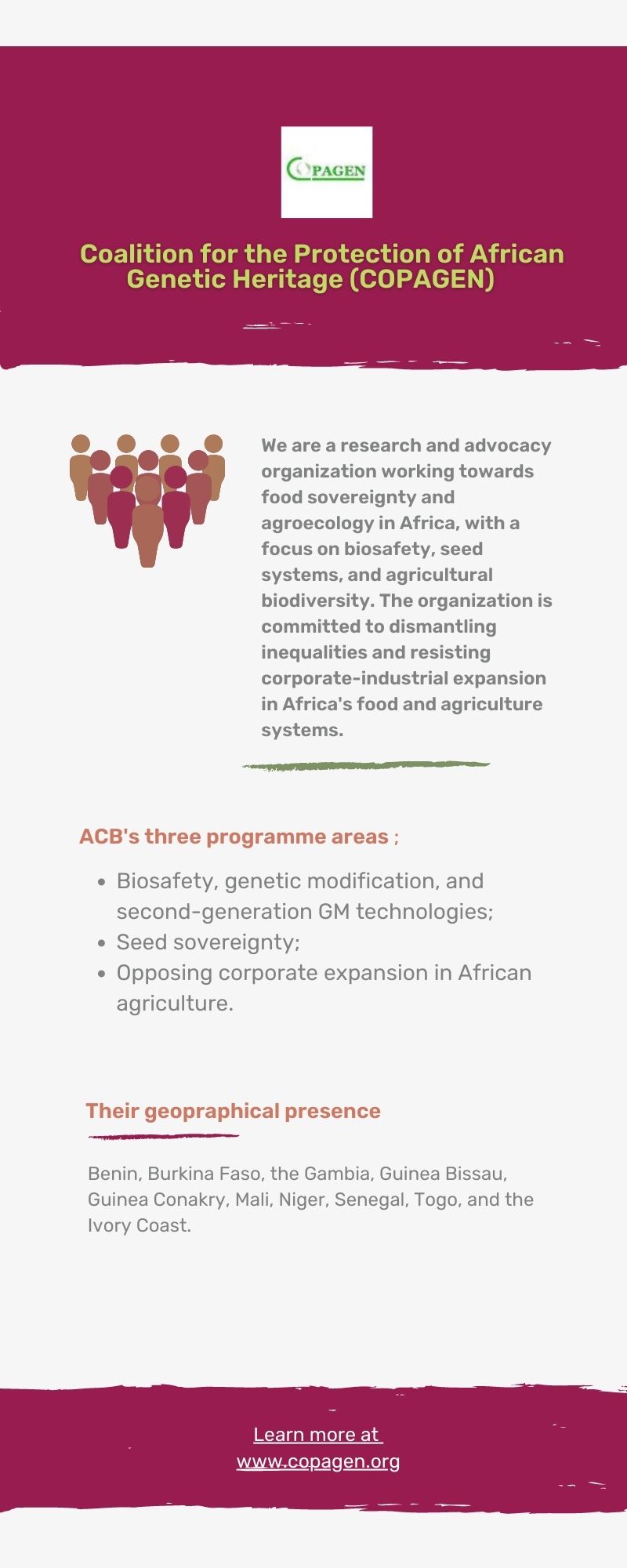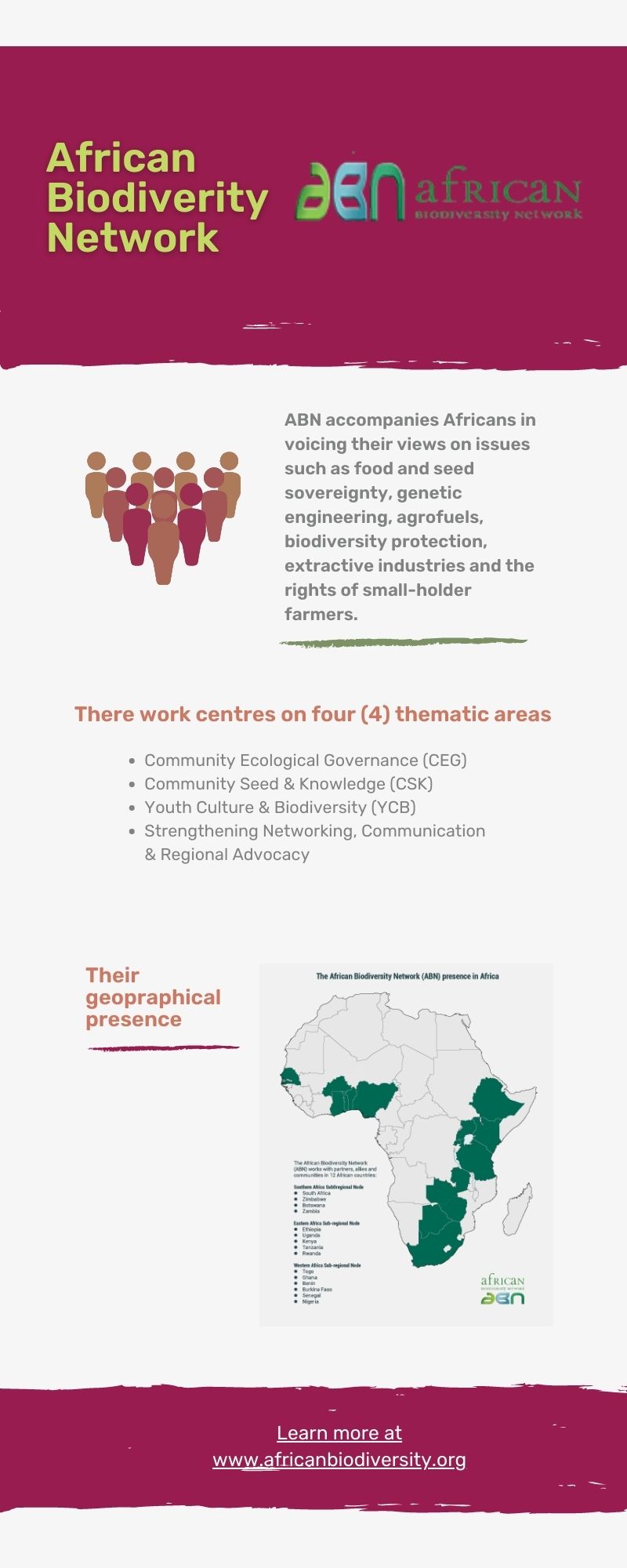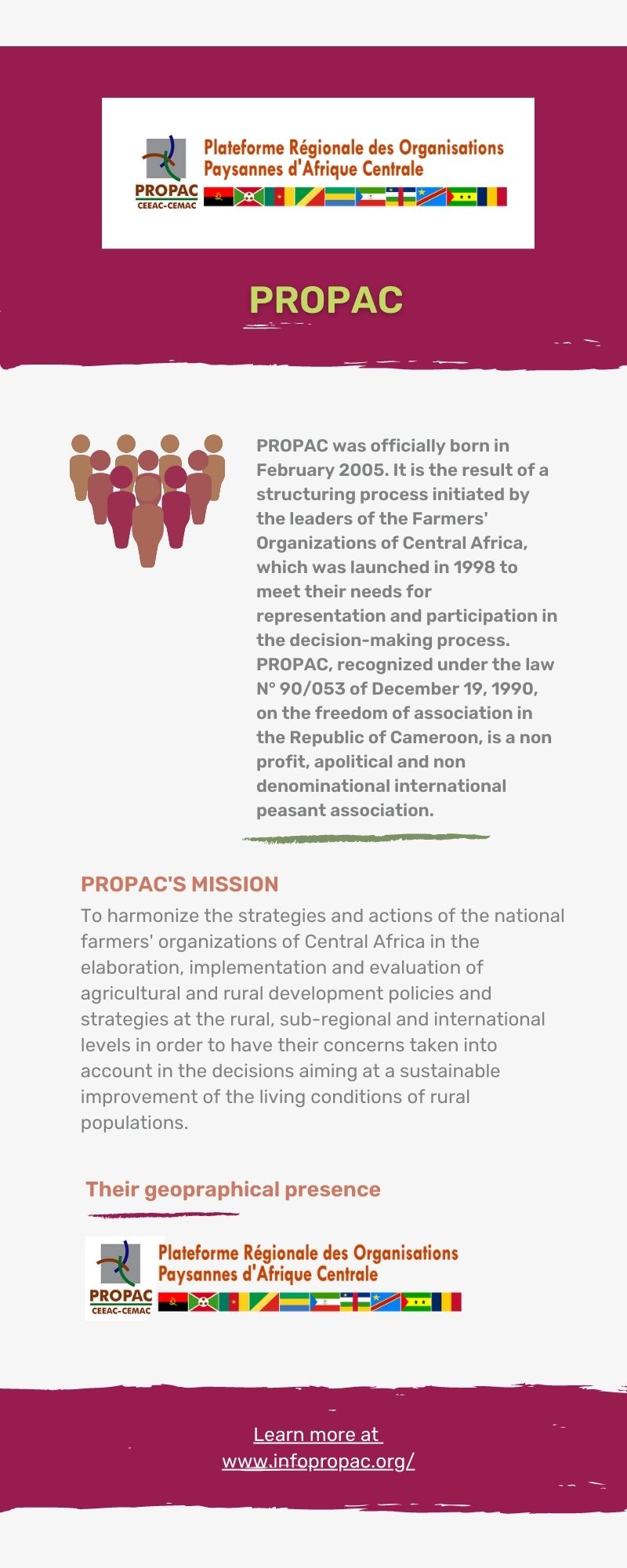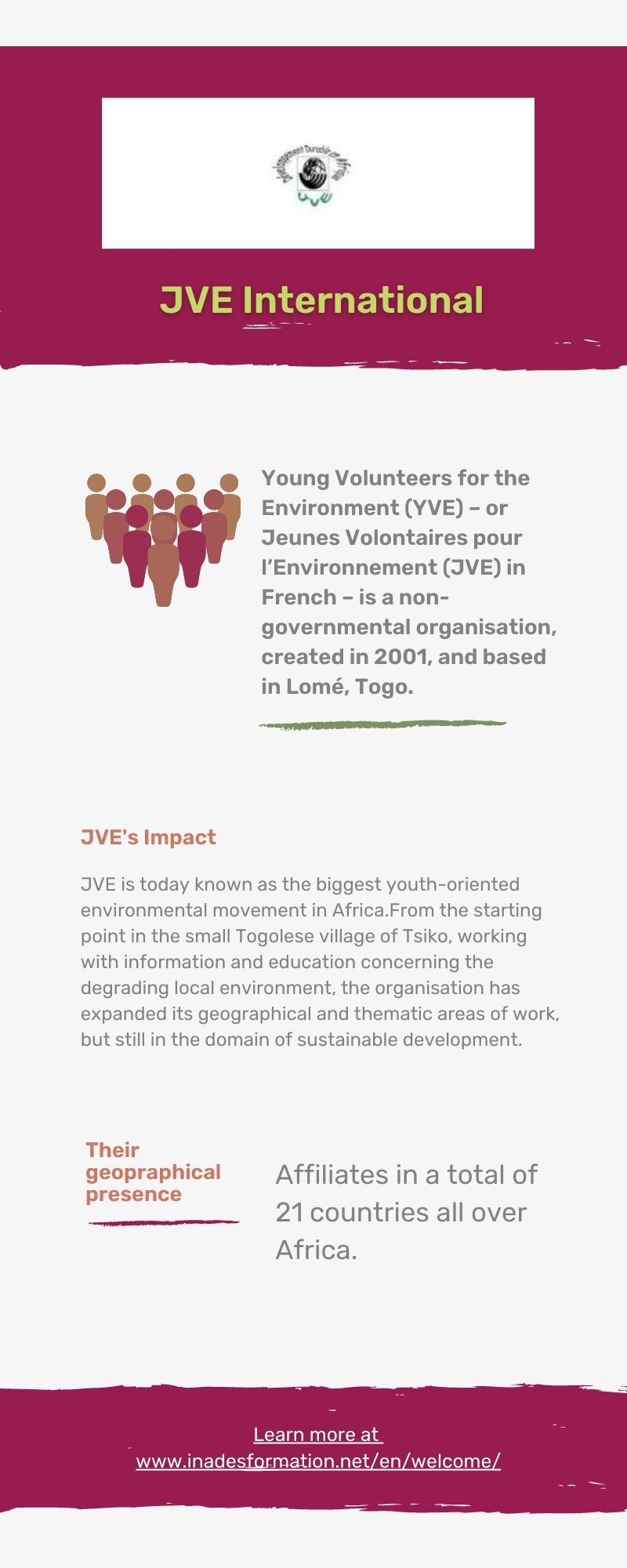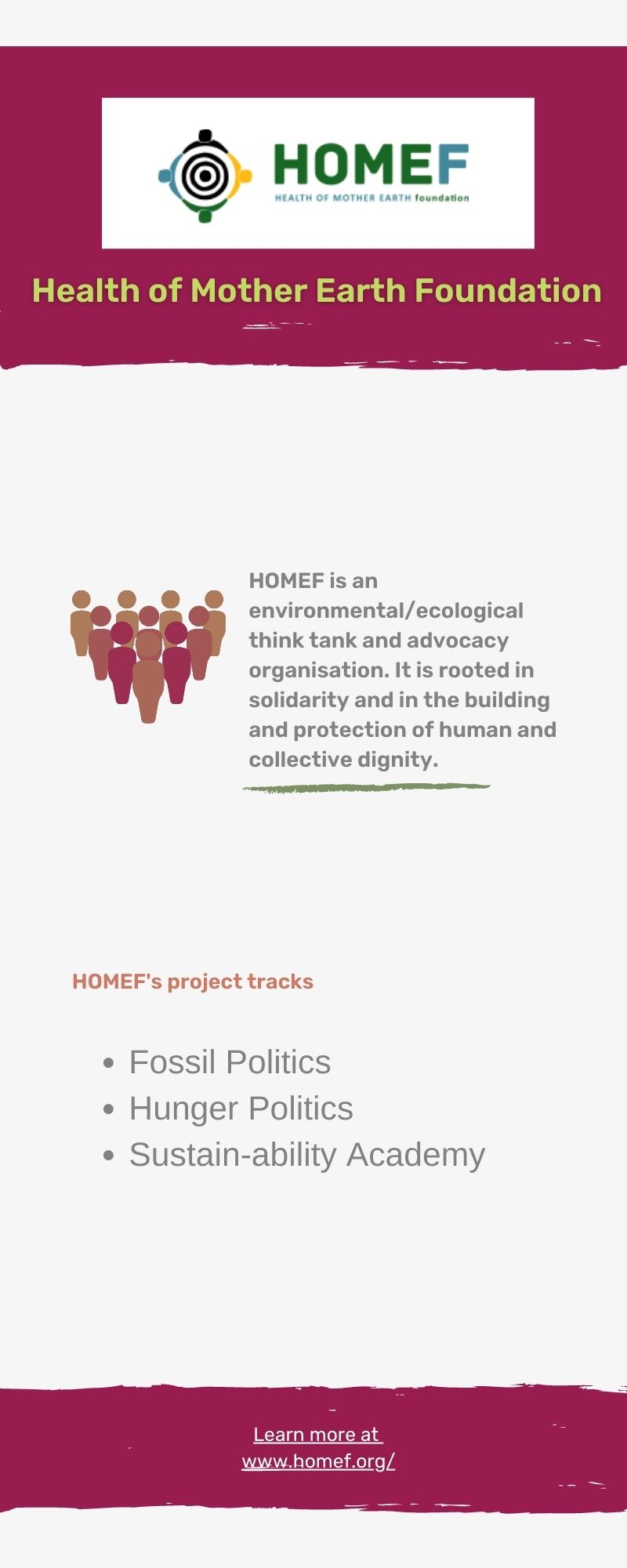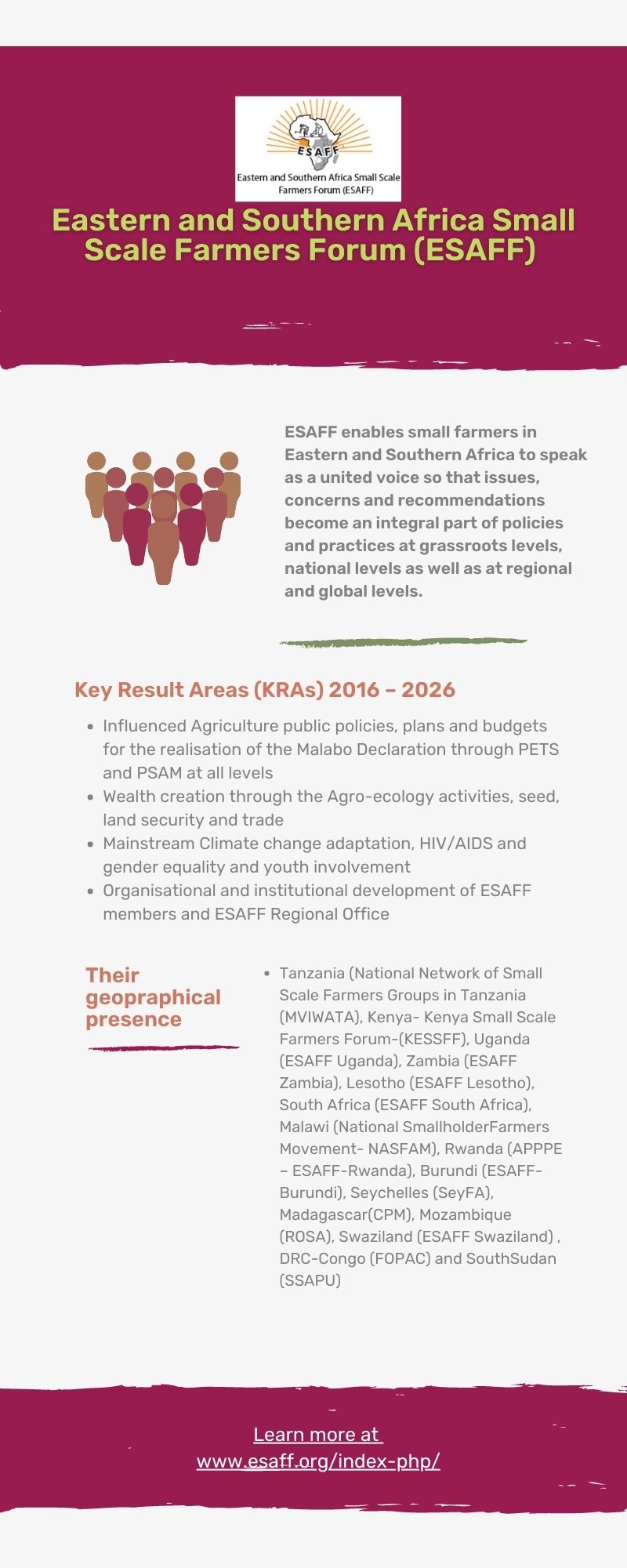
SUMMARY
In Guinea-Bissau, the intensification of cashew monoculture and the decline in yields of rice and other staple cereals is a common issue that puts the population in an unprecedented state of food insecurity. Organisations such as CAURAL REMOBE have tried to find a solution to this problem. The experience developed by this association and its commitment to producers have encouraged a change in producers’ behaviour by embracing peasant varieties that are better adapted to the agro-ecological context. The diversification of agricultural production, based on the choice of local species and varieties and accompanied by the promotion of management in cereal banks in 35 villages in the administrative sector of Contuboel, has been a great success. The association has succeeded in meeting the challenge of producing and introducing quality seeds in 35 villages, improving productivity and providing agricultural advice (agronomic monitoring, exchange of experiences, training).
THE PROBLEM
In the administrative sector of Contuboel (Bafata region), agriculture and livestock are the main activities of the population. In agriculture, production systems are oriented towards rainfed crops (groundnuts, millet, sorghum, maize, upland and lowland rice cultivation) and irrigated (lowland rice cultivation) in order to ensure the population’s food self-sufficiency. However, with the decline in rainfall in recent years and the intensification of cashew monoculture, the varieties of cereals grown were no longer able to complete their normal cycle, with the result that production and productivity were reduced.
Each year, the population had great difficulty meeting their food needs during the long periods of hunger (between 3 and 4 months).
Apart from food issues, producers faced serious seed problems, especially since all production was consumed. Faced with this problem, the association CAURAL REMOBE and the NGO Guiarroz decided to find a solution. As an alternative, local varieties of lowland rice, sorghum and upland maize adapted to climate change (irregular rainfall patterns) had to be found. It is within this framework that three local rice varieties, namely “banimalo” – a 90-day short cycle rice variety adapted both to the plateau and in the lowlands, the varieties “wantara” and “nhacene” adapted to the lowlands, a local sorghum variety and two local maize varieties were selected with the participation of the producers. As a result, these varieties were introduced in 35 villages in the administrative sector of Contuboel.
THE SOLUTION
The aim was to improve food security and income for producers in the Contuboel administrative sector by increasing cereal production and productivity.
Specific objectives were: to introduce cereal varieties adapted to the two ecological zones (plateau and lowlands), and to implement seed production and distribution strategies in 35 villages.
Activities carried out:
- Seed selection with producers: In order for producers to take ownership of these varieties and introduce them at the local level, they were involved in the selection and choice of seeds.
- Producer information/awareness raising: For a long time, the populations of the region have been adopting cashew monoculture to the detriment of agricultural diversification. As a result, biodiversity and ecosystems have deteriorated, resulting in food insecurity for the local population. In order to engage producers and promote a change in behaviour, information and awareness campaigns were organized in 35 villages. The aim was to inform producers of the consequences of climate change (irregular rainfall) and the need to use local varieties adapted both to the plateau and the lowlands.
- Organization of producer associations: In order to ensure sustainable seed production and its dissemination in all target villages, producer associations were organized in each village.
- Seed distribution to members of the associations: Local selected seeds were distributed to each member of the association in order to multiply
- Training of association members and pilot producers on seed multiplication techniques: Members received training so that they in turn could train producers on seed production, multiplication and conservation techniques.
- Initiation of the members of the association to agronomic monitoring: appropriate cultivation techniques, technical routes maintenance of monitoring records, agroecology.
- Creation of collective fields: for producers to better develop dry season rice cultivation.
- Advice and technical support to producers involved in irrigated rice production: Development/delimitation/allocation of plots, application, technical routes, etc.
- Training of members on post-harvest techniques: threshing, winnowing, bagging, storage – in order to limit post-harvest losses and ensure quality seed production.
- Training of members on organic fertilizer production techniques.
- Creation of a cereal bank and training of producers in its management.
- Storage of seeds and food grains.
RESULTS
The results of the intervention were noted at several levels:
- Seeds of these local varieties are now available in the 35 villages where the association operates. Producers have become autonomous and professional in their seed production.
- The massive support for the selected varieties has led to a significant increase in their production, enabling famers to cope with the critical lean period. “The diversification and promotion of local varieties has made it possible to shorten the hunger period.” As early as August-September, producers are already starting to harvest. “Lowland rice yields have increased from 1.5 to 2.5 tonnes and even to 3 tonnes per hectare.” This increase in production has allowed producers to start marketing rice seeds.
- The harvesting of different local species and varieties has strengthened agricultural biodiversity and provided food for families throughout the year.
- The diversification of local cereal production and the establishment of cereal banks have enabled producers to increase their production and incomes, saving them from having to sell or exchange their livestock for food needs.
- Producers are better organised.
- Six cereal banks established for 50 villages.
- The exchanges carried out at the seed bank level have fostered the development of relations between producers and villagers.


CONCLUSIONS AND RECOMMENDATIONS
The disruptions in rainfall in recent years and the promotion of an agricultural economy based on the monoculture of cashew nuts have largely contributed to a decline in the production and productivity of cereals, the staple food of the population. However, this can be helped by the diversification of agricultural production with strict respect for the growing calendar and local species and varieties adapted to the agro-ecological context. The CAURAL REMOBE Association’s handling of these issues has demonstrated the effectiveness of local short-cycle varieties as well as the support and adaptation capacities of producers. In conclusion, agricultural advice and technical support are the keys to this success. It should be noted that in this area, the State is often failing. It therefore seems imperative to systematize agricultural advice and support for producers at the grassroots level, thereby strengthening producers’ resilience to change. It is essential that the State and its development partners invest in this area in order to ensure food security and sovereignty for producers.
WHO IS AFSA?
AFSA brings together peasants, pastoralists, fishermen, indigenous peoples, farmers’ networks, faith-based groups, consumer associations, youth associations, civil societies and activists from across the African continent to create a united and stronger voice for food sovereignty.
For more information and case studies on Africa, visit our website https://afsafrica.org
AFSA encourages the use and reproduction of this case study for non-commercial purposes, provided that the source is duly acknowledged.

ACKNOWLEDGEMENT
Author: Malam MANE, Executive Director, ONG Guiarroz, Guinée-Bissau.
Email: Queba2009@hotmail.com
Stay Updated
Keep up to date with all our latest news and events by entering your details below and signing up to our newsletter.
Contact us
For all general enquiries, please contact us
Follow us
Visitors
[powr-hit-counter id=08deb970_1539263115]




